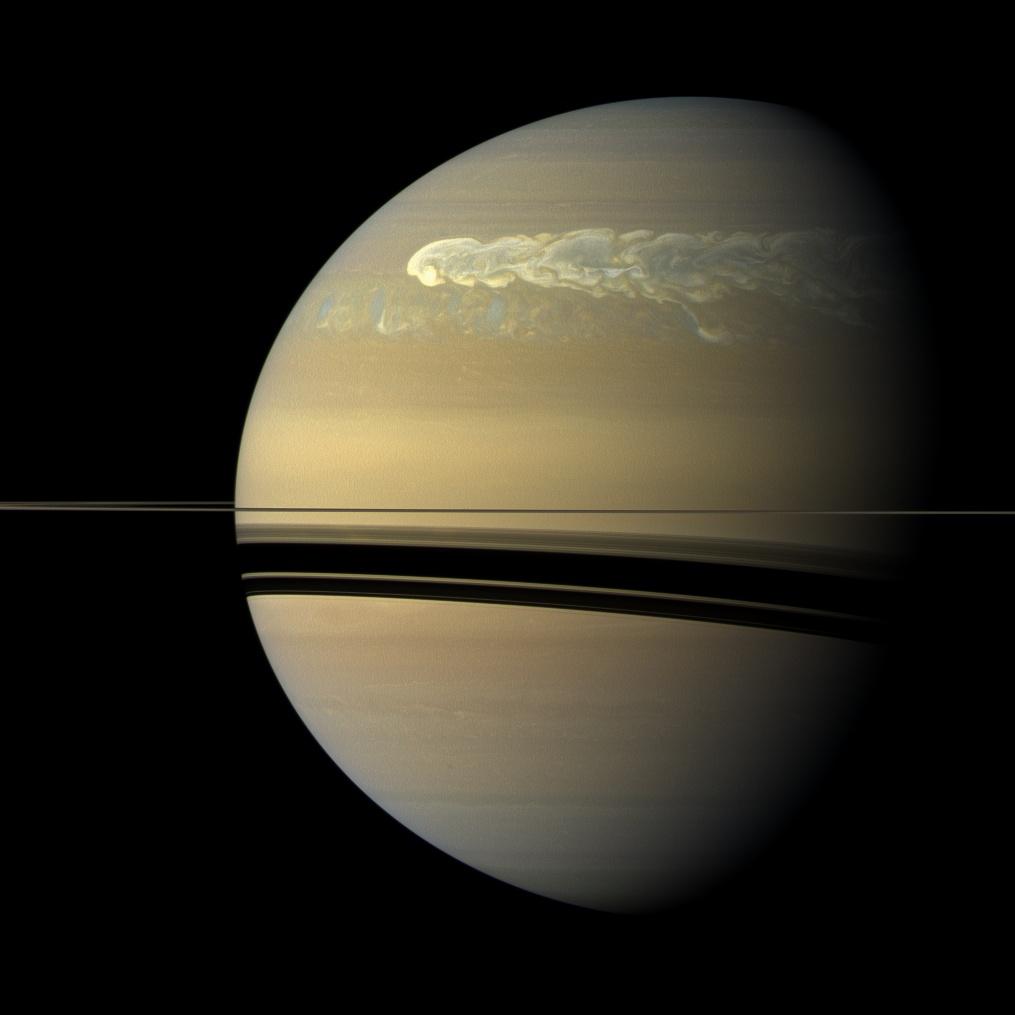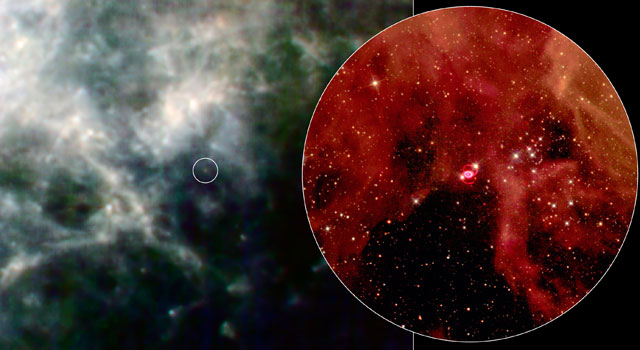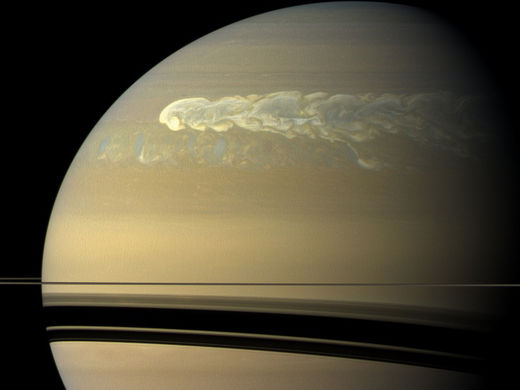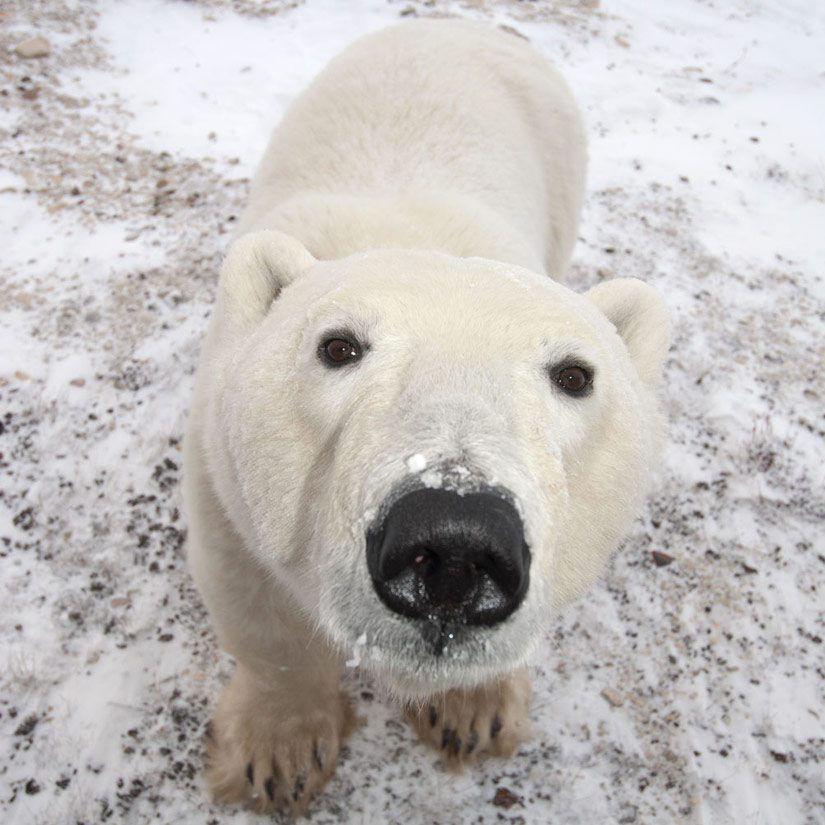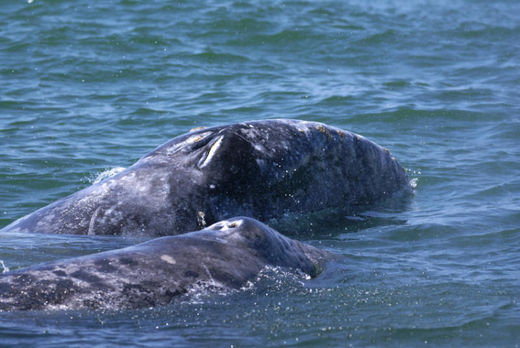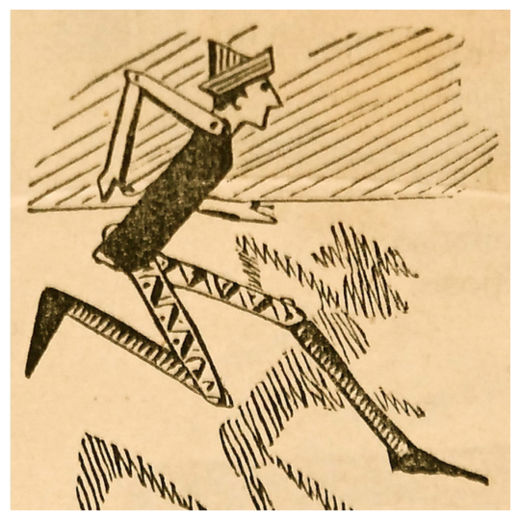
The tale of the wooden puppet Pinocchio created by a carpenter in Florence may arguably be the most widely-known children's tale.
Now new research reveals that the story, written by Carlo Collodi 130 years ago on July 7, 1881, has deep roots in reality.
According to Alessandro Vegni, a computer expert, who has been comparing the tale with historic maps, the story of Pinocchio is set in the Tuscan village of San Miniato Basso, which lies midway between Pisa and Florence. The village's original name was actually "Pinocchio," according to the research.
The tale of Geppetto and his pine wood puppet, serialized in an Italian juvenile magazine under the title La Storia di un Burattino (The Story of a Marionette) in 1881, was turned into a book two years later called, The Adventures of Pinocchio.
Believed to be the second-most translated book after the Bible, the novel has inspired hundreds of new editions, stage plays, merchandising and movies, such as Walt Disney's iconic animated version.
But new details about the story's Florentine town setting reveal fascinating new details about the iconic work.
"The present name [of the village of San Miniato Basso] was given in 1924." Vegni said. "We know from historical records that the village was originally called 'Pinocchio,' probably after the stream that runs nearby."

